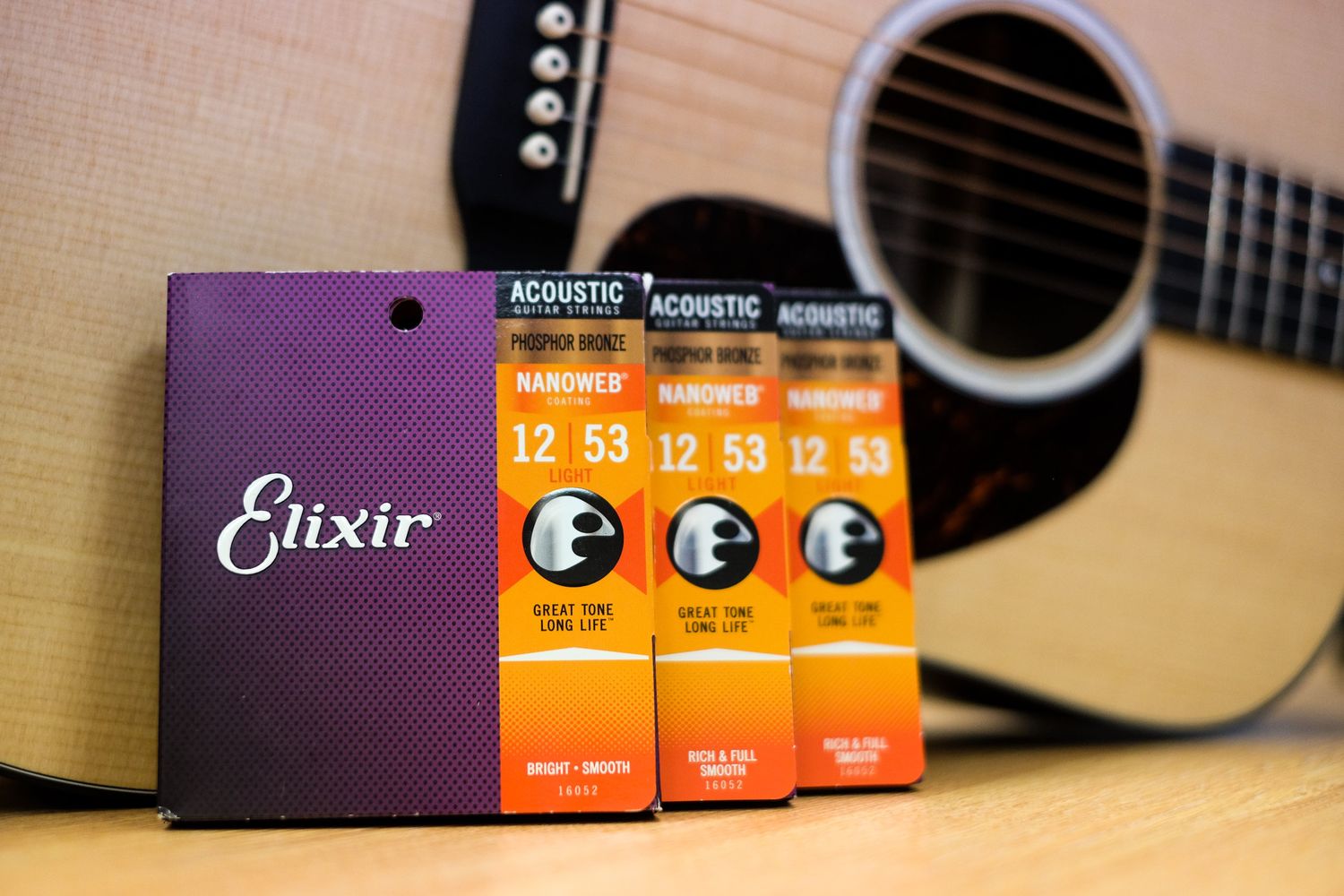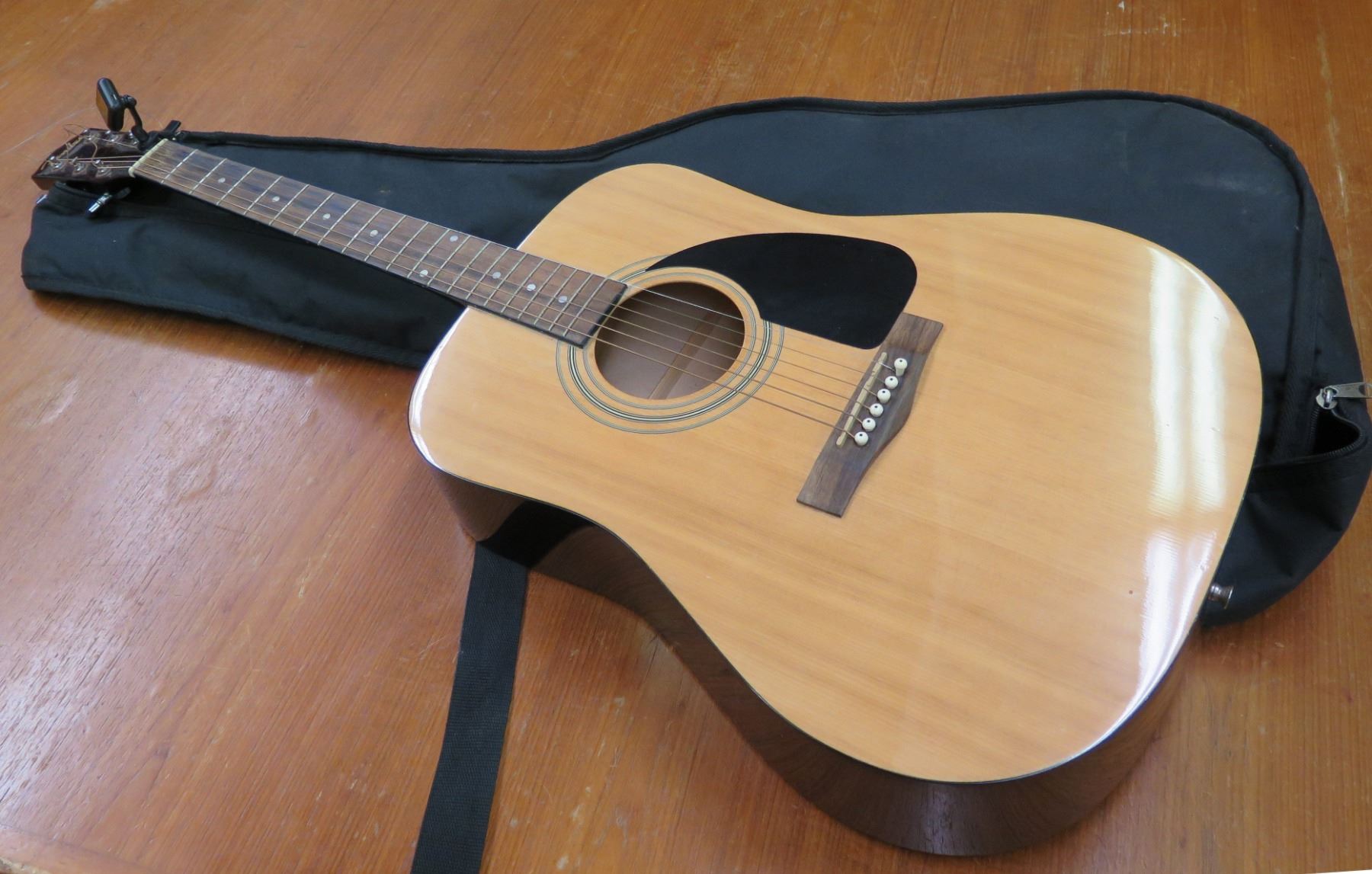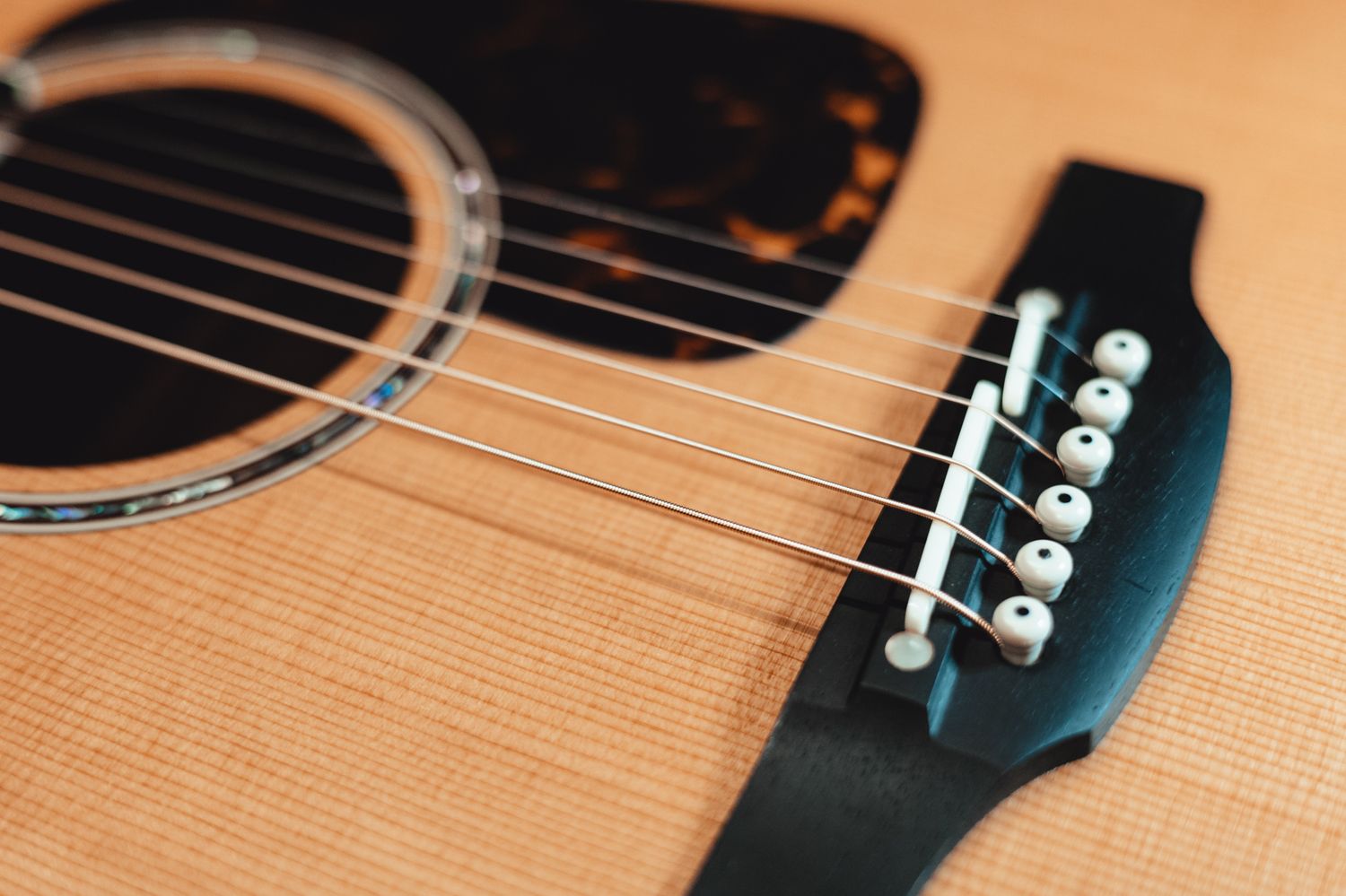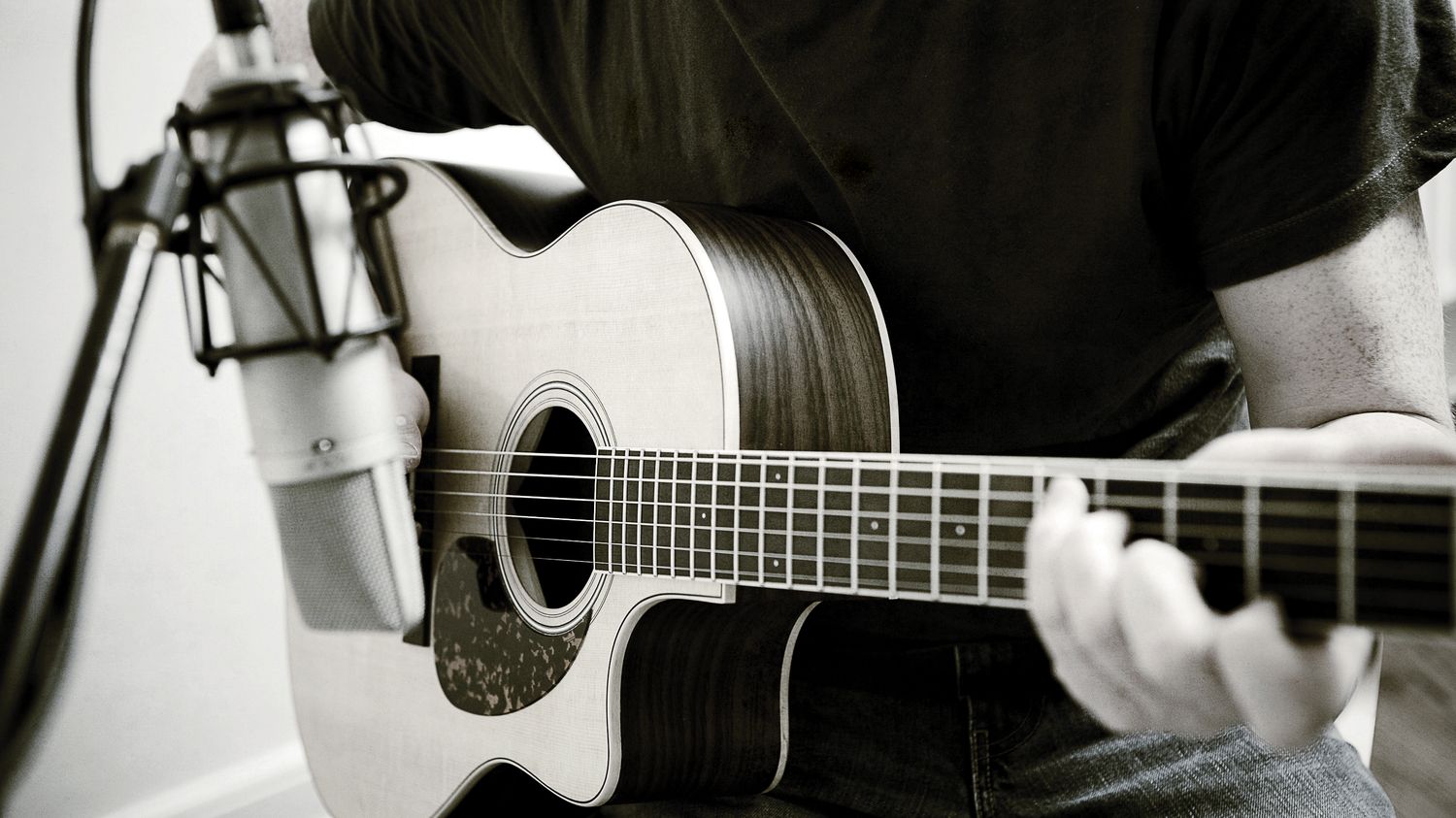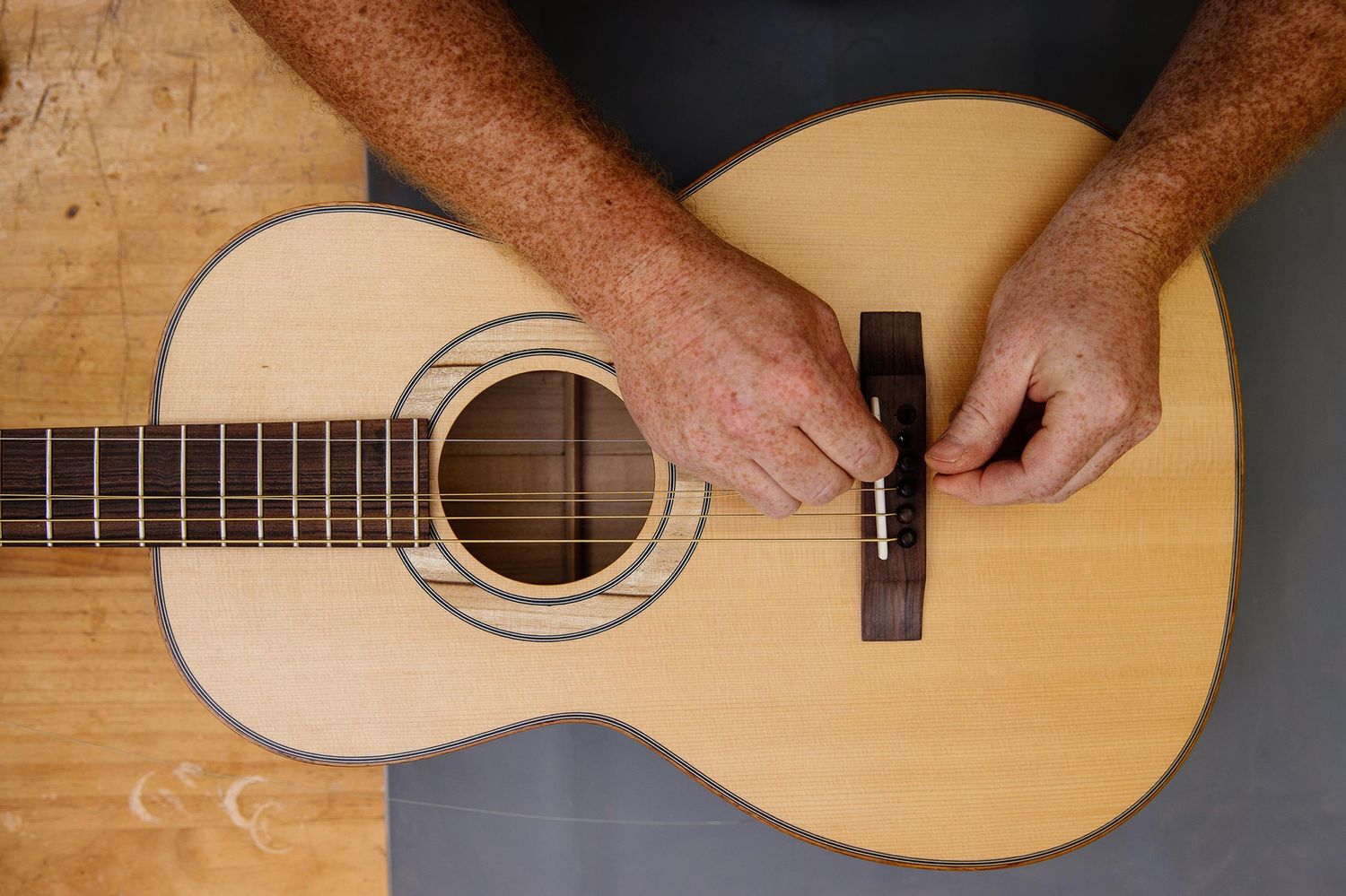Home>Production & Technology>Acoustic>How To Eliminate String Noise When Recording Acoustic


Acoustic
How To Eliminate String Noise When Recording Acoustic
Published: March 11, 2024
Learn effective techniques to eliminate string noise when recording acoustic instruments. Discover tips for achieving a clean and professional sound in your recordings.
(Many of the links in this article redirect to a specific reviewed product. Your purchase of these products through affiliate links helps to generate commission for AudioLover.com, at no extra cost. Learn more)
Introduction
When it comes to capturing the pure, resonant tones of an acoustic instrument, few things are as frustrating as unwanted string noise. Whether you're a seasoned musician or a budding recording enthusiast, the irksome sound of fingers sliding across strings or the clatter of pick against frets can detract from an otherwise flawless performance. However, fear not, as there are effective techniques to minimize and even eliminate this pesky interference.
Recording acoustic instruments, such as guitars, mandolins, or violins, presents a unique set of challenges. Unlike their electric counterparts, acoustic instruments produce sound through the vibration of strings, which can inadvertently generate unwanted noise during recording sessions. This can be particularly noticeable in quieter passages or during delicate fingerpicking sequences, where every subtle nuance is magnified.
In the pursuit of pristine acoustic recordings, it's crucial to address the issue of string noise head-on. By understanding the factors that contribute to this unwanted sound and implementing strategic solutions, you can elevate the quality of your recordings and ensure that the true essence of the instrument shines through without distraction.
In the following sections, we will delve into the intricacies of string noise, exploring its underlying causes and the impact it can have on the recording process. Furthermore, we will uncover a range of valuable tips and techniques to effectively minimize and eliminate string noise, empowering you to capture the pure, unadulterated beauty of acoustic instruments in your recordings. So, let's embark on this sonic journey and equip ourselves with the knowledge and tools to conquer the challenge of string noise in acoustic recordings.
Understanding String Noise
String noise, also known as fret or finger noise, refers to the unwanted sound produced by the friction and contact between the musician's fingers, pick, or fretting hand and the strings of an acoustic instrument during playing. This phenomenon is particularly prevalent in acoustic recordings due to the sensitive nature of the instruments and the absence of electronic amplification to mask such imperfections.
The causes of string noise can be attributed to various factors, each contributing to the overall interference in the recording. One primary culprit is the friction generated when the musician's fingers move across the strings, especially during transitions between chords or notes. This friction produces a distinct sound that can be particularly pronounced in quieter passages, where the subtle nuances of the instrument are more perceptible.
Additionally, the use of a pick can also contribute to string noise, as it comes into contact with the strings and frets during strumming or picking. The impact of the pick against the strings can produce unwanted clicks or scraping sounds, detracting from the clarity and purity of the instrument's natural resonance.
Furthermore, the placement and movement of the fretting hand can generate additional string noise, especially when shifting between different fret positions or executing slides and vibrato. The pressure exerted on the strings by the fretting hand, combined with the friction caused by the movement, can result in audible disturbances that compromise the overall recording quality.
It's important to note that string noise is not solely limited to the sound produced during the initial plucking or strumming of the strings. In fact, the sustain and decay of notes can also be marred by residual string noise, as the vibrations continue to interact with the musician's touch and movement, creating an ongoing challenge in capturing pristine recordings.
In essence, understanding string noise involves recognizing the multifaceted nature of its origins and the diverse ways in which it manifests throughout the course of a musical performance. By gaining insight into these underlying causes, we can effectively devise targeted strategies to mitigate and ultimately eliminate the disruptive impact of string noise in acoustic recordings.
Tips for Eliminating String Noise
Now that we have unraveled the complexities of string noise and its detrimental effects on acoustic recordings, it's time to explore a range of practical tips and techniques to effectively combat this persistent nuisance. By implementing these strategies, you can significantly enhance the clarity and purity of your recordings, allowing the true essence of the acoustic instrument to shine through without the interference of unwanted string noise.
1. Proper Hand Positioning
Ensuring proper hand positioning is crucial in minimizing string noise. When fretting notes or executing chord transitions, strive to maintain a light and precise touch on the strings. Avoid excessive pressure and unnecessary finger movements, as these can exacerbate string noise. Additionally, positioning your fingers closer to the frets can reduce the friction and unwanted sound caused by finger movement across the strings.
2. Utilize String Dampening Techniques
Employing string dampening techniques can effectively mitigate string noise. Utilize the unused fingers of your fretting hand to lightly touch and dampen the strings that are not in use. This prevents unnecessary string vibrations and reduces the potential for extraneous noise during playing. Experiment with different degrees of string dampening to find the optimal balance between sustain and noise reduction.
3. Precision in Pick Technique
If you use a pick for strumming or picking, refining your pick technique can significantly diminish unwanted string noise. Focus on striking the strings with precision and control, minimizing the impact of the pick against the frets. Experiment with varying pick angles and degrees of attack to find the sweet spot that yields minimal string noise while maintaining the desired tonal characteristics.
4. Strategic Finger Placement
When executing intricate fingerpicking patterns or single-note melodies, strategic finger placement is key to reducing string noise. Aim to position your fingers in a manner that minimizes unnecessary contact with adjacent strings, thereby reducing the potential for unintended string noise. Practice deliberate finger placement and movement to achieve greater precision and clarity in your playing.
5. Selective EQ and Compression
During the post-recording phase, employing selective EQ and compression can help address residual string noise. Use EQ to attenuate frequencies associated with string noise, such as high-end transients and mid-range friction sounds. Additionally, apply gentle compression to even out the dynamics and further reduce the prominence of string noise without compromising the natural dynamics of the instrument.
6. Optimal Mic Placement
Optimizing the placement of microphones during recording can play a pivotal role in minimizing string noise. Experiment with mic positioning to capture the instrument's sound without accentuating the undesirable string noise. Consider placing the microphone slightly off-axis from the soundhole or experimenting with different distances to achieve a balanced and natural representation of the instrument's tonal qualities.
By incorporating these tips into your recording and playing techniques, you can effectively combat the persistent challenge of string noise, elevating the quality of your acoustic recordings and allowing the true beauty of the instrument to resonate unhindered. With diligence and a keen ear for detail, you can conquer the issue of string noise and unlock the full sonic potential of your acoustic performances.
Conclusion
In the realm of acoustic recordings, the battle against string noise is a formidable yet conquerable challenge. As we conclude our exploration of this pervasive nuisance, it becomes evident that the quest for pristine acoustic recordings demands a multifaceted approach, encompassing both technical finesse and strategic solutions. By delving into the intricacies of string noise and understanding its underlying causes, we have gained valuable insights that pave the way for effective mitigation and elimination.
The journey to eliminating string noise begins with a deep appreciation for the nuances of acoustic instruments and the delicate interplay between musician and instrument. Proper hand positioning, meticulous pick technique, and strategic finger placement emerge as pivotal elements in the quest for clarity and purity in acoustic recordings. These fundamental aspects of playing technique, when honed with precision and care, yield tangible results in minimizing the disruptive impact of string noise.
Furthermore, the utilization of string dampening techniques and the strategic application of EQ and compression during post-recording processes serve as powerful allies in the battle against string noise. By leveraging these tools and techniques, musicians and recording enthusiasts can effectively sculpt the sonic landscape, carving out space for the natural resonance of the instrument while taming the unruly specter of unwanted string noise.
It is essential to recognize that the pursuit of eliminating string noise is not merely a technical endeavor; it is an artistic endeavor that demands a deep connection with the instrument and an acute sensitivity to its sonic intricacies. As musicians and recording enthusiasts embark on this sonic odyssey, they are called to embrace the symbiotic relationship between technical proficiency and creative expression, forging a path that leads to recordings imbued with clarity, depth, and unadulterated beauty.
In essence, the journey to eliminate string noise in acoustic recordings is a testament to the unwavering dedication of musicians and recording artists to honor the true essence of the instruments they hold dear. It is a testament to the relentless pursuit of sonic excellence and the unwavering commitment to capturing moments of musical brilliance with unwavering fidelity.
As we bid adieu to the realm of string noise, let us carry forth the knowledge and insights garnered on this journey, infusing our future recordings with a newfound sense of clarity and purity. With each note that resonates unhindered and each passage that unfolds with pristine elegance, we celebrate the triumph over string noise and the unyielding pursuit of sonic perfection in the realm of acoustic recordings.

